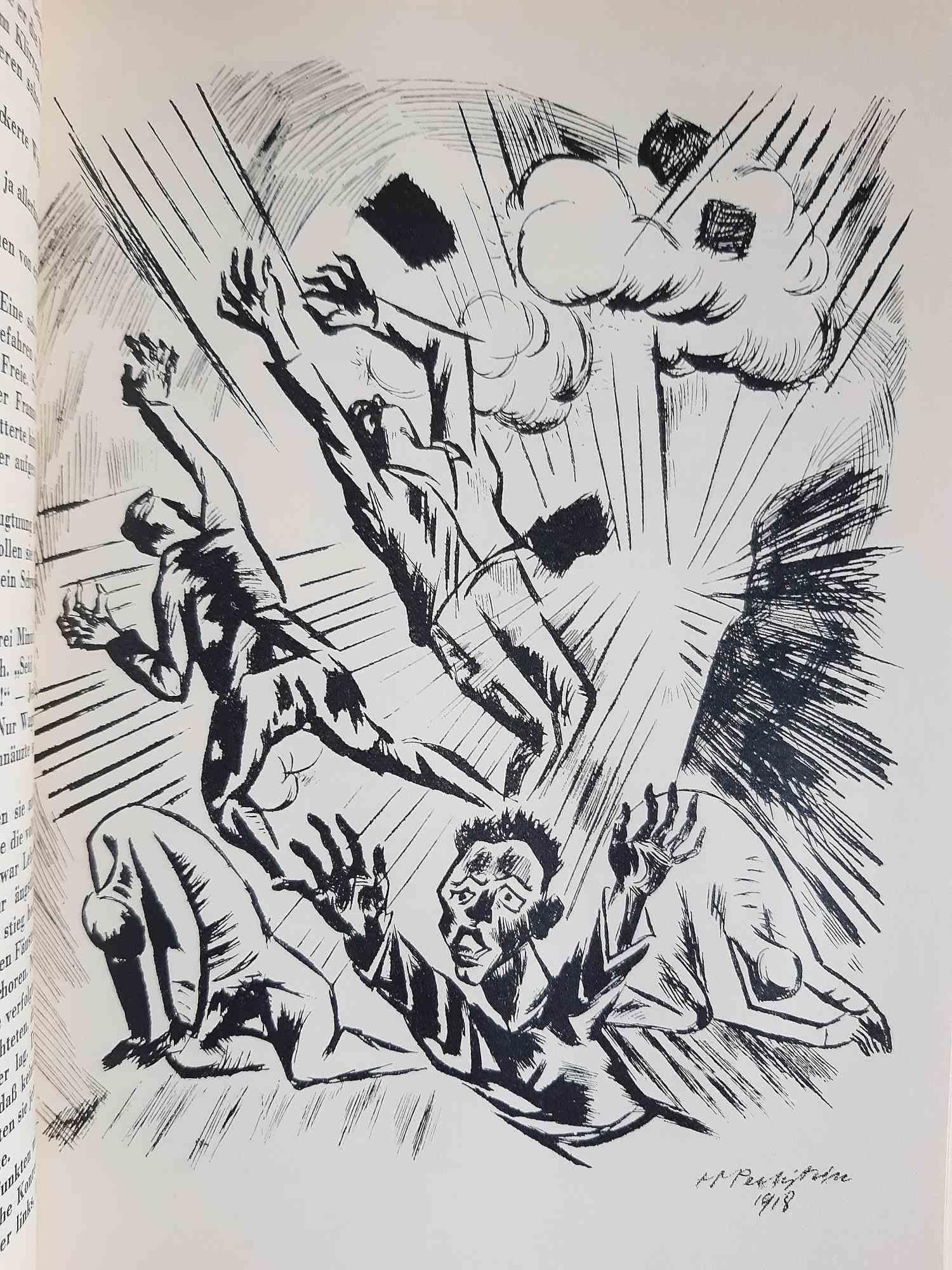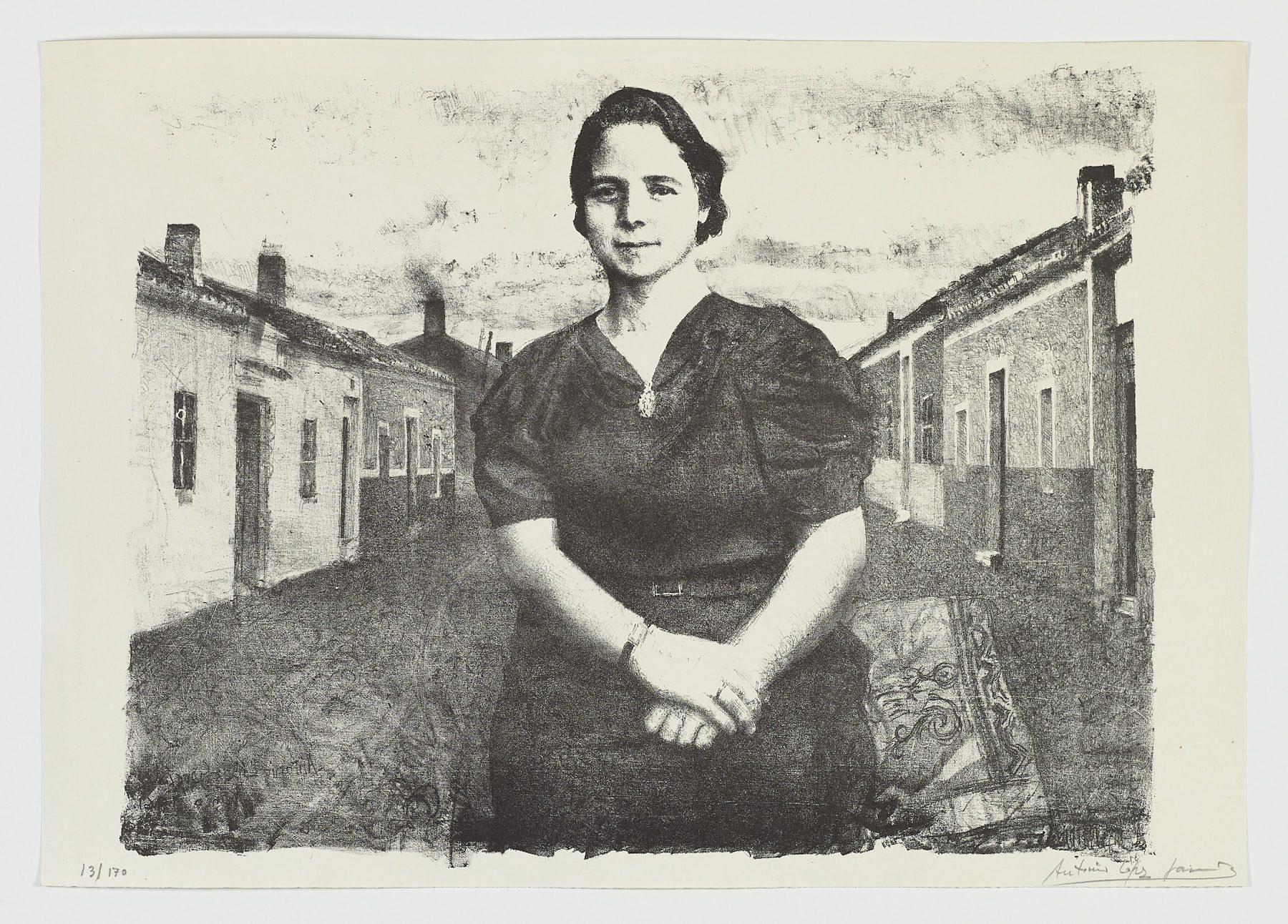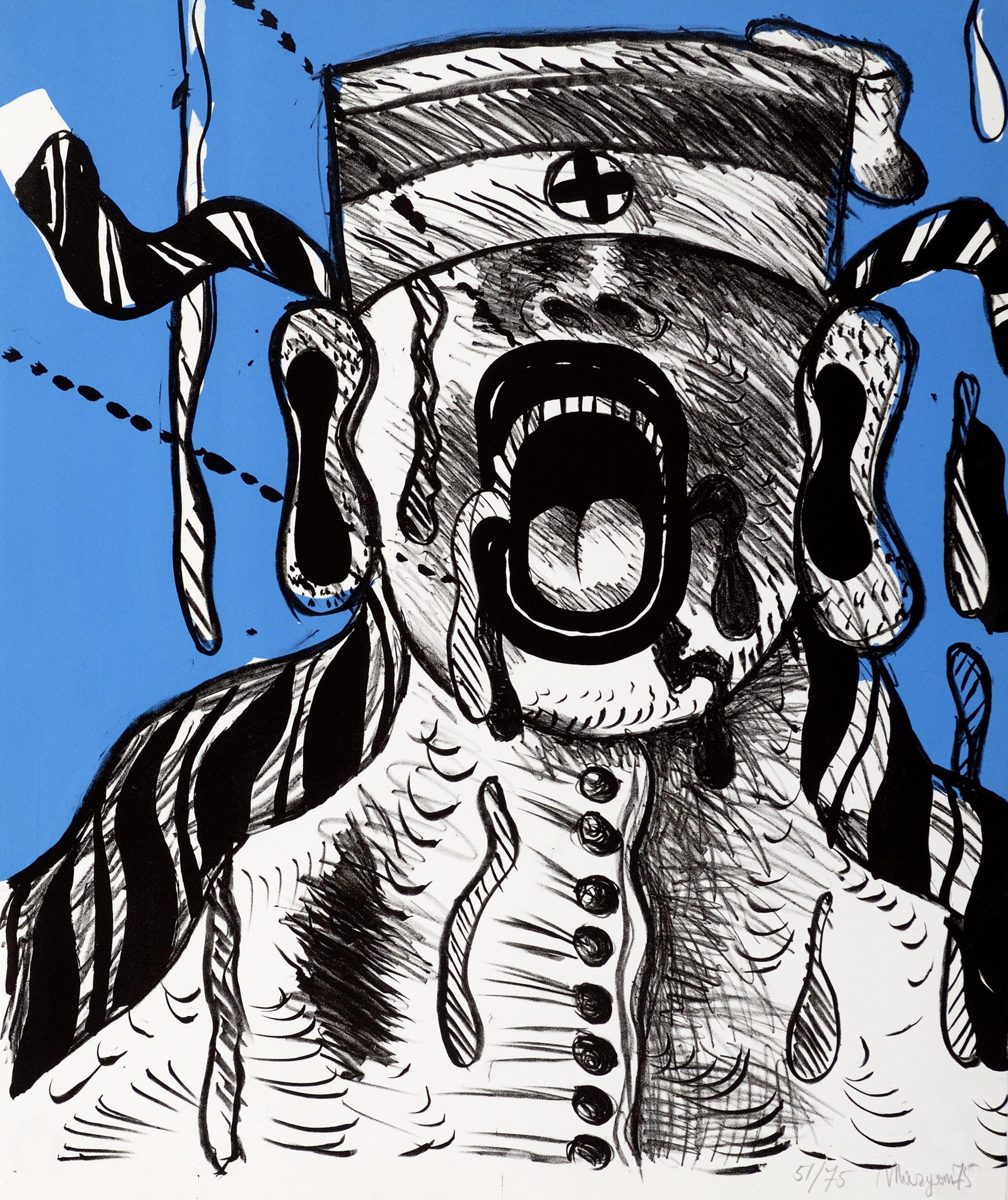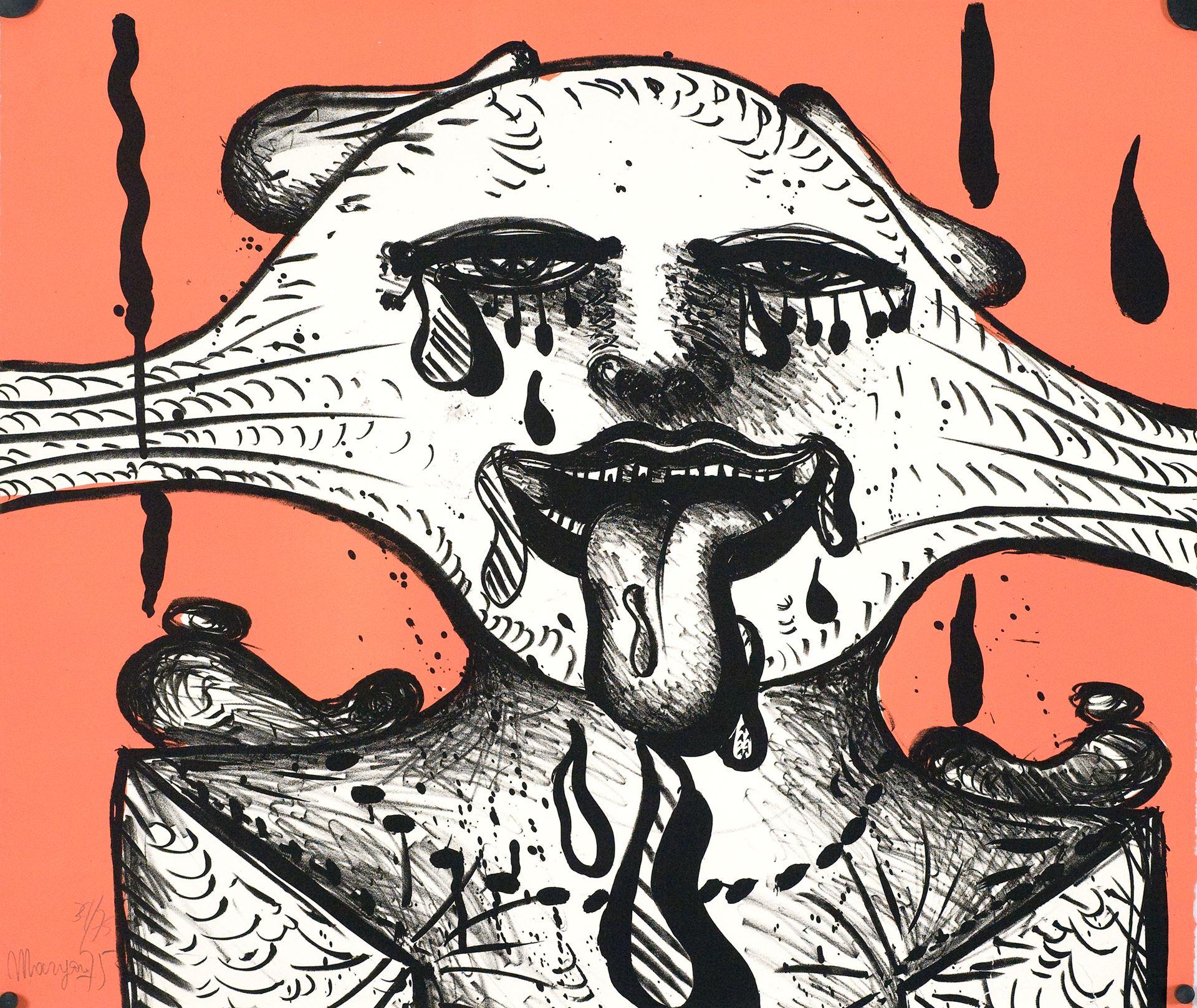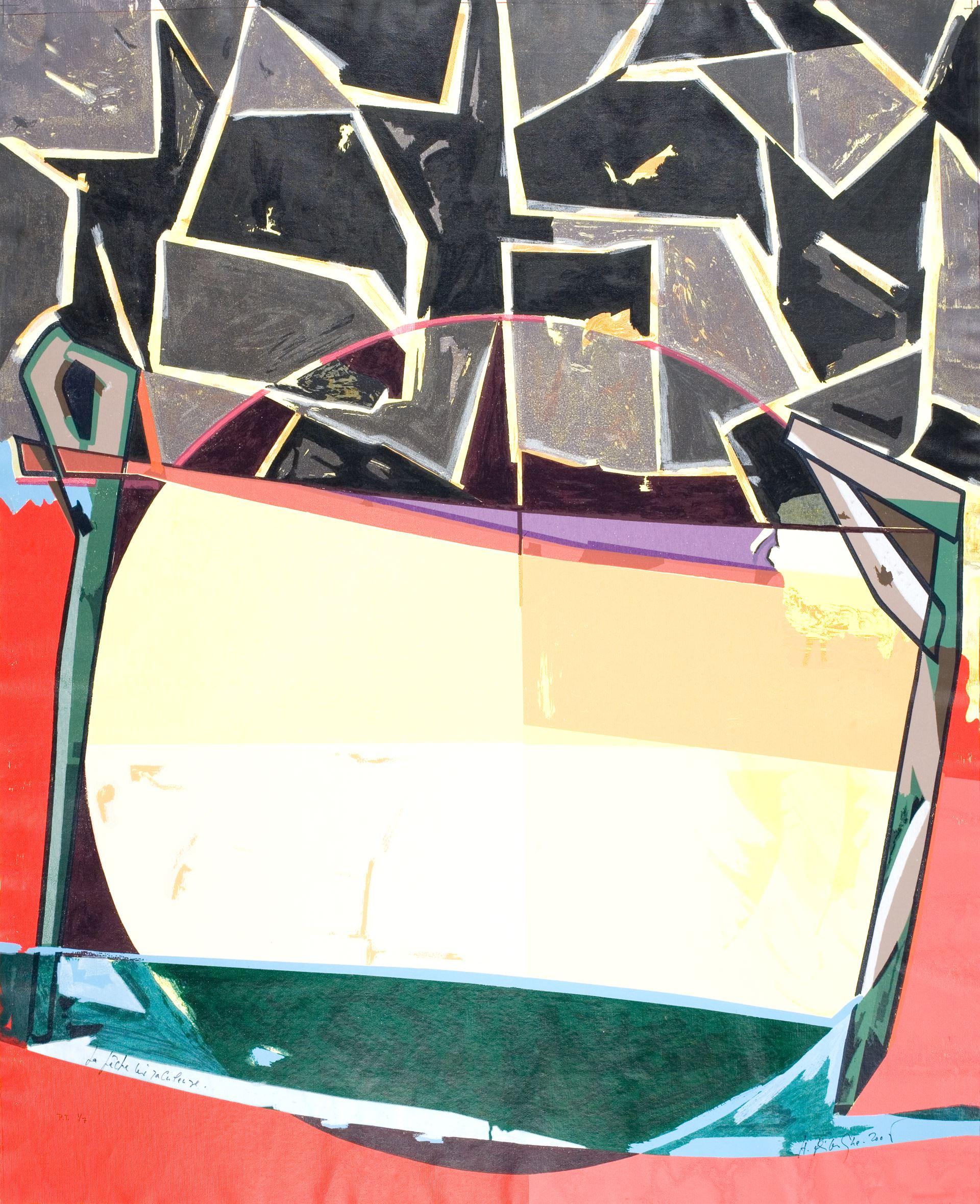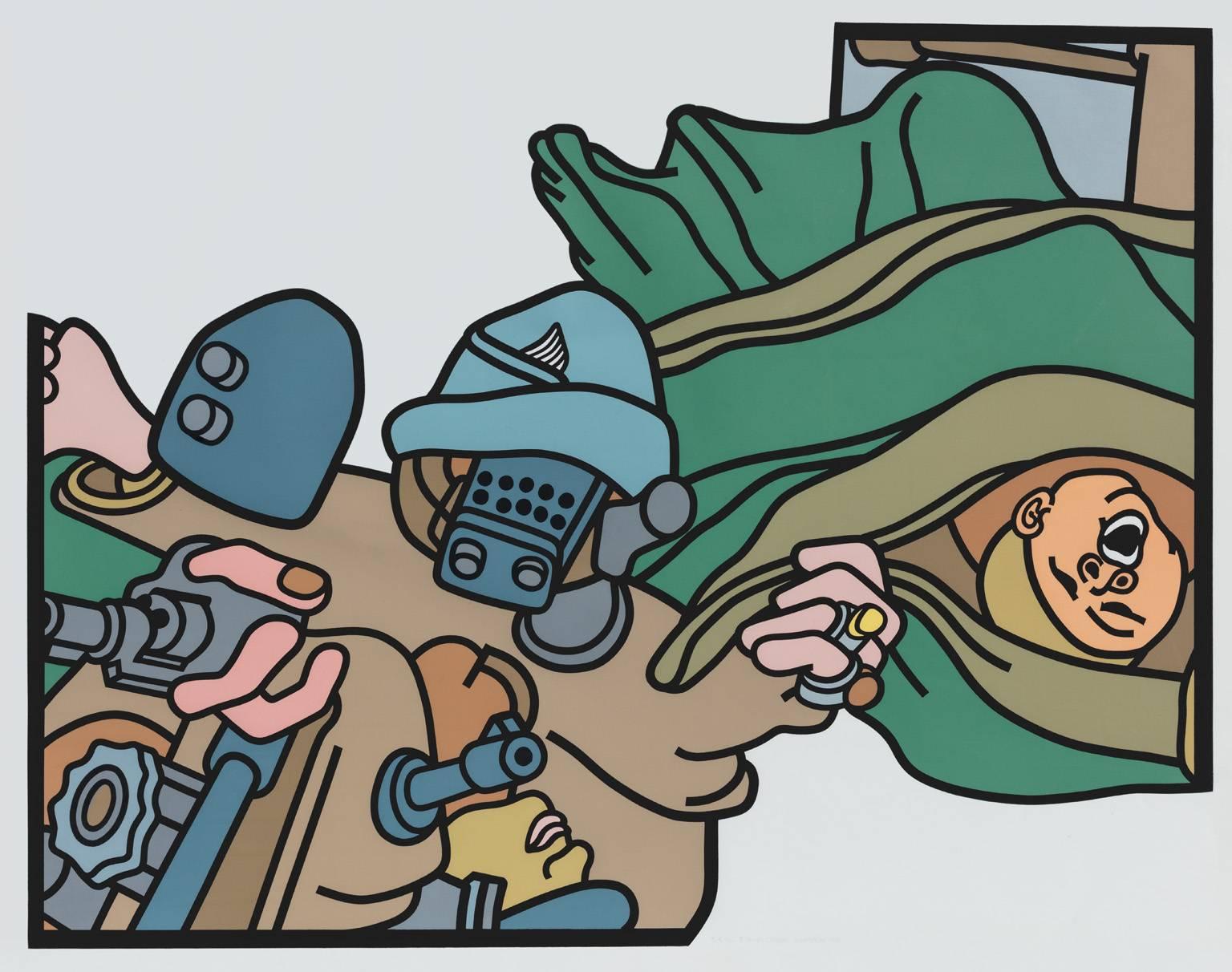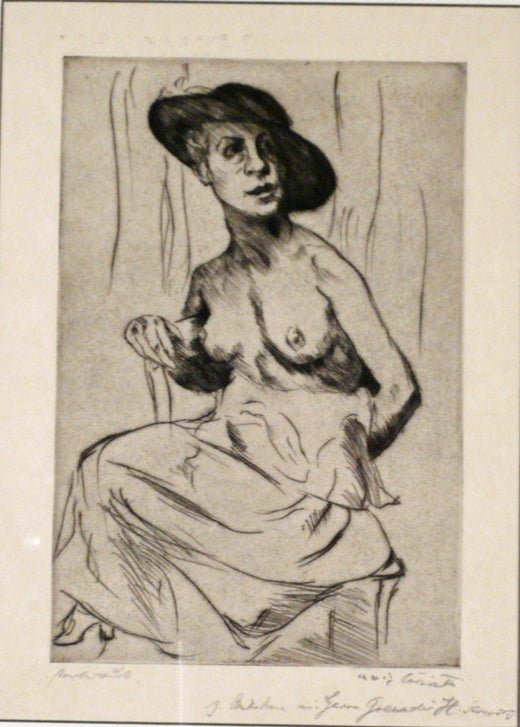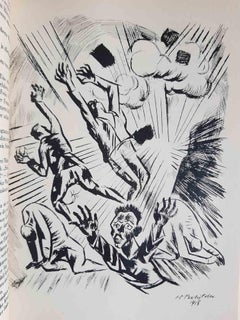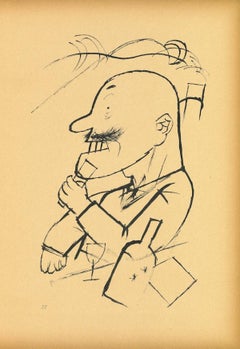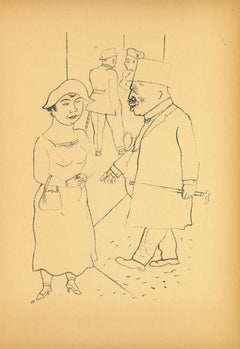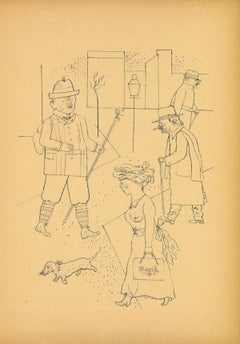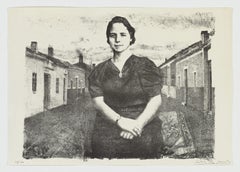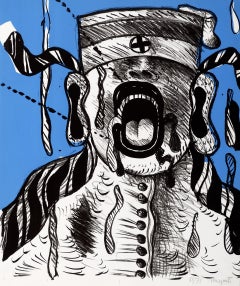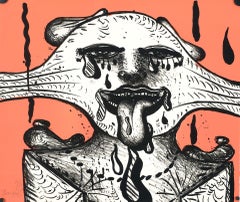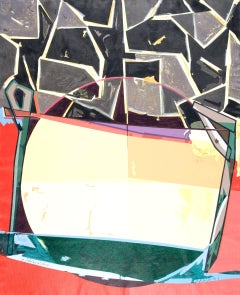Items Similar to Gullivers Reise - Rare Book Illustrated by Lovis Corinth - 1922
Want more images or videos?
Request additional images or videos from the seller
1 of 7
Lovis CorinthGullivers Reise - Rare Book Illustrated by Lovis Corinth - 19221922
1922
On Hold
$2,842.49
On Hold
£2,123.08
On Hold
€2,400
On Hold
CA$3,900.01
On Hold
A$4,357.61
On Hold
CHF 2,279.51
On Hold
MX$53,438.29
On Hold
NOK 29,127.86
On Hold
SEK 27,620.93
On Hold
DKK 18,270.74
Shipping
Retrieving quote...The 1stDibs Promise:
Authenticity Guarantee,
Money-Back Guarantee,
24-Hour Cancellation
About the Item
Gullivers Reise is an original modern rare book written by Jonathan Swift (Dublin, 1667 – Dublin, 1745) and illustrated by Lovis Corinth (21 July 1858 – 17 July 1925) in 1922.
Published by Propylaeen, Berlin.
Original First Edition.
400 numbered and signed copies.
Format: in Folio.
The book includes 77 pages with 25 lithographs (several full page).
Cover and binding are realized by Hugo Steiner-Prag.
Mint conditions.
Lovis Corinth (21 July 1858 – 17 July 1925). Corinth was a German artist and writer whose mature work as a painter and printmaker realized a synthesis of impressionism and expressionism. Corinth studied in Paris and Munich, joined the Berlin Secession group, later succeeding Max Liebermann as the group's president. His early work was naturalistic in approach. Corinth was initially antagonistic towards the expressionist movement, but after a stroke in 1911 his style loosened and took on many expressionistic qualities. His use of color became more vibrant, and he created portraits and landscapes of extraordinary vitality and power. Corinth's subject matter also included nudes and biblical scenes.
Jonathan Swift, pseudonym Isaac Bickerstaff, (Dublin, 1667 – Dublin, 1745) was an Anglo-Irish author, who was the foremost prose satirist in the English language. Besides the celebrated novel Gulliver’s Travels (1726), he wrote such shorter works as A Tale of a Tub (1704) and “A Modest Proposal” (1729).
- Creator:Lovis Corinth (1858 - 1925, German)
- Creation Year:1922
- Dimensions:Height: 13.39 in (34 cm)Width: 11.03 in (28 cm)Depth: 0.08 in (2 mm)
- Medium:
- Movement & Style:
- Period:
- Condition:Insurance may be requested by customers as additional service, contact us for more information.
- Gallery Location:Roma, IT
- Reference Number:Seller: M-1181991stDibs: LU65037978362
Lovis Corinth
Lovis Corinth was a German artist and writer whose mature work as a painter and printmaker realized a synthesis of impressionism and expressionism, known for his dramatic figurative and landscape paintings also for his landscapes of the Walchensee area of Bavaria and his portraits, Corinth also painted religious scenes, often violent . He also made etchings and lithographs in which he revealed his capacity for Expressionist power.
About the Seller
4.9
Platinum Seller
Premium sellers with a 4.7+ rating and 24-hour response times
1stDibs seller since 2017
7,600 sales on 1stDibs
Typical response time: 2 hours
- ShippingRetrieving quote...Shipping from: Roma, Italy
- Return Policy
Authenticity Guarantee
In the unlikely event there’s an issue with an item’s authenticity, contact us within 1 year for a full refund. DetailsMoney-Back Guarantee
If your item is not as described, is damaged in transit, or does not arrive, contact us within 7 days for a full refund. Details24-Hour Cancellation
You have a 24-hour grace period in which to reconsider your purchase, with no questions asked.Vetted Professional Sellers
Our world-class sellers must adhere to strict standards for service and quality, maintaining the integrity of our listings.Price-Match Guarantee
If you find that a seller listed the same item for a lower price elsewhere, we’ll match it.Trusted Global Delivery
Our best-in-class carrier network provides specialized shipping options worldwide, including custom delivery.More From This Seller
View AllDie Grosse Befehl - Illustrated Book by Max Pechstein - 1933
By Hermann Max Pechstein
Located in Roma, IT
Die Grosse Befehl is an original Rare Book illustrated by Hermann Max Pechstein (Zwickau, December 31, 1881 – Berlin, June 29, 1955) and written by Johanne...
Category
1930s Expressionist Figurative Prints
Materials
Paper
The Absolute Monarchist - Original Offset and Lithograph by George Grosz - 1923
By George Grosz
Located in Roma, IT
The absolute Monarchist is an original offset and lithograph realized by George Grosz.
The artwork is the plate n.35 from the portfolio Ecce Homo published between 1922/1923, editio...
Category
1920s Expressionist Figurative Prints
Materials
Paper, Lithograph, Offset
The Walk - Offset and Lithograph by George Grosz - 1923
By George Grosz
Located in Roma, IT
The walk is an original offset and lithograph, realized by George Grosz.
The artwork is the plate n. 81 from the porfolio Ecce Homo published between 1922/1923,edition of Der Malik-...
Category
1920s Expressionist Figurative Prints
Materials
Paper, Lithograph
Greeting - Original Offset and Lithograph by George Grosz - 1923
By George Grosz
Located in Roma, IT
Greeting is an original offset and lithograph realized by George Grosz.
The artwork is the plate n. 5 from the portfolio Ecce Homo published between 1922/1923, edition of Der Malik...
Category
1920s Expressionist Figurative Prints
Materials
Paper, Lithograph, Offset
Studies - Original Offset and Lithograph by George Grosz - 1923
By George Grosz
Located in Roma, IT
Studies is an original offset and lithograph realized by George Grosz.
The artwork is the plate n.10 from the portfolio Ecce Homo published between 1922/1923, edition of Der Malik-V...
Category
1920s Expressionist Figurative Prints
Materials
Paper, Lithograph, Offset
The Visit - Original Offset and Lithograph by George Grosz - 1923
By George Grosz
Located in Roma, IT
The Visit is an original offset and lithograph realized by George Grosz.
The artwork is the plate n. 11 from the portfolio Ecce Homo published between 1922/1923, edition of Der Mali...
Category
1920s Expressionist Figurative Prints
Materials
Paper, Lithograph, Offset
You May Also Like
Spanish Artist signed limited edition original art print lithography portrait
By Antonio Lopez
Located in Miami, FL
Antonio Lopez Garcia (Spain, 1936)
'Mujer de Tomelloso', 1961
lithograph on paper
11.9 x 13.8 in. (30 x 35 cm.)
Edition of 170
Unframed
ID: LOP2001-008
Ha...
Category
1960s Expressionist Prints and Multiples
Materials
Paper, Lithograph
Maryan (Pinchas Burstein), Polish-Israeli artist, Autumn 1975 Lithograph 25x21in
By Pinchas Maryan
Located in Miami, FL
Maryan S Maryan (Pinchas Burstein) (Poland, 1927-1977)
'Autumn', 1975, Lithograph on paper, 25 x 21 in., Edition of 75
Ref: BUR1102-001
Maryan S. Maryan (Pinchas Burstein), a renown...
Category
1970s Expressionist Prints and Multiples
Materials
Paper, Lithograph
Maryan (Pinchas Burstein), Polish-Israeli artist, Summer 1975 lithograph 25x21in
By Pinchas Maryan
Located in Miami, FL
Maryan S Maryan (Pinchas Burstein) (Poland, 1927-1977)
'Summer', 1975, Lithograph on paper, 21x25 in., Edition of 75
Ref: BUR1102-004
Maryan S. Maryan (Pinchas Burstein), a renowned...
Category
1970s Expressionist Prints and Multiples
Materials
Paper, Lithograph
Herve Telemaque, "La pêche miraculeuse", 2005, Engraving, 39.4x31.9 in
By Herve Telemaque
Located in Miami, FL
Herve Telemaque (France, 1937-2022)
'La pêche miraculeuse', 2005
silkscreen on canvas
39.4 x 31.9 in. (100 x 81 cm.)
Edition of 99
Unframed
ID: TEL1361-013-106
Category
Early 2000s Expressionist Prints and Multiples
Materials
Paper, Engraving, Screen
A Tough Citizen
By Bernard Aptekar
Located in New York, NY
As art historian and writer Suzanne Ramljak wrote "the ambivalent relationship between humanity and machinery has informed Aptekar's art from the start and remains a central theme in...
Category
1980s Expressionist Figurative Prints
Materials
Paper, Screen
Price Upon Request
They Won't Be Stopped
By Bernard Aptekar
Located in New York, NY
As art historian and writer Suzanne Ramljak wrote "the ambivalent relationship between humanity and machinery has informed Aptekar's art from the start and remains a central theme in...
Category
1980s Expressionist Figurative Prints
Materials
Paper, Screen
Price Upon Request
More Ways To Browse
Movie Print
Original Abstract Lithographs
Paper Weights
Provence Paintings
Vogue Magazine
Abandoned Art
Colorado Artists
Negatives Frame
72 X 72 Art
Artist Painting A Boat
Vintage Beach Photographs
Dancer In Blue
Richard Welling
Museum Exhibition Poster
Oil Paintings By A North
Ukraine Paintings
French Costume
Photographs Of Africa
